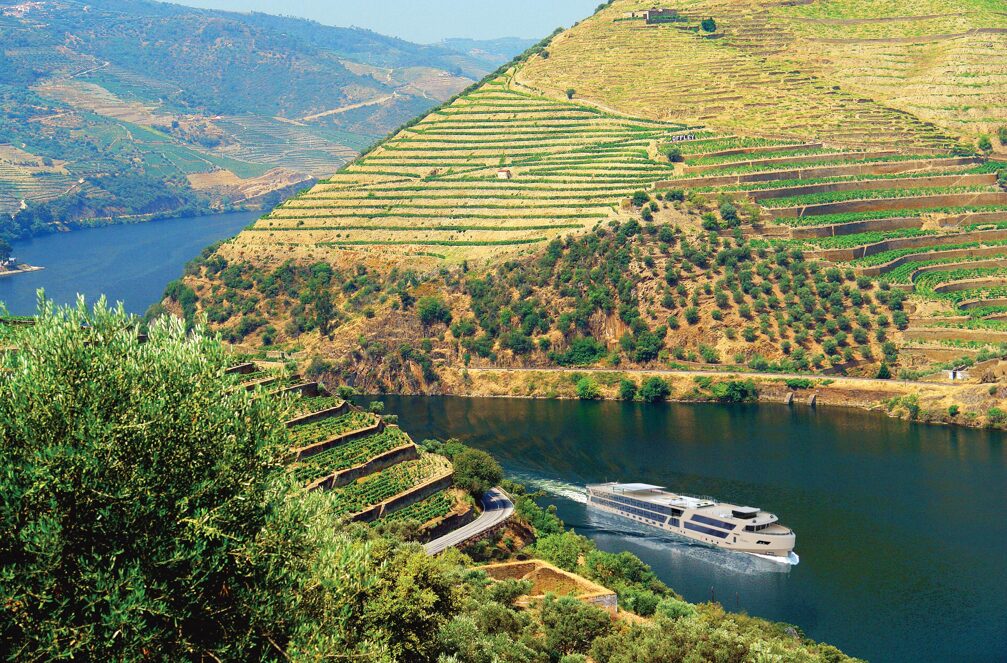Day 1- Porto>Vila Nova De Gaia>Embark
Porto and Vila Nova de Gaia, nestled along the picturesque Douro River in Portugal, form a captivating duo that beckons travelers with their unique charm and rich cultural tapestry. Porto, a UNESCO World Heritage site, enchants visitors with its colorful and historic architecture, narrow cobbled streets, and iconic landmarks such as the Dom Luís I Bridge. The city is renowned for its vibrant atmosphere, characterized by lively markets, authentic eateries serving delectable Portuguese cuisine, and a thriving arts scene. On the opposite bank of the Douro River lies Vila Nova de Gaia, intimately connected to Porto by its own charm and undeniable allure. Famous for its wine cellars housing the world-famous Port wine, Gaia offers breathtaking panoramic views of Porto’s skyline. Visitors can stroll along the riverfront, enjoying the tranquil ambiance, and explore the numerous wine lodges, each steeped in centuries-old winemaking traditions. Together, Porto and Vila Nova de Gaia create a harmonious blend of history, culture, and scenic beauty that leaves an indelible mark on every traveler fortunate enough to experience their magic.
Day 2- Regua>Lamego>Pinhao
The trio of Régua, Lamego, and Pinhão forms a captivating cluster within the picturesque Douro Valley, each contributing its own unique allure to the rich tapestry of Portugal.
Régua, officially known as Peso da Régua, stands as the epicenter of the Douro wine region. Nestled between terraced vineyards, this town is a hub for the Port wine industry. Visitors can explore the historic Douro Museum, gaining insights into the region’s winemaking heritage, and enjoy panoramic views of the river and surrounding hills.
Lamego, perched atop a hill overlooking the Douro, exudes medieval charm and religious significance. The Sanctuary of Our Lady of Remedies, an iconic baroque staircase adorned with azulejos (Portuguese ceramic tiles), draws pilgrims and tourists alike. Lamego’s historic center boasts well-preserved architecture, inviting visitors to wander through its winding streets and soak in the atmosphere of a bygone era.
Pinhão, a small village, captivates with its riverside beauty. Surrounded by terraced vineyards and quintas (wine estates), Pinhão is a haven for wine enthusiasts. The historic train station, adorned with azulejos depicting scenes of the Douro Valley, is a testament to the area’s cultural heritage. Cruises along the Douro often make a stop in Pinhão, allowing travelers to savor the town’s tranquil ambiance and perhaps sample some of the finest wines produced in the region.
Day 3- Vega De Terron>Castelo Rodrigo
Vega de Terrón and Castelo Rodrigo, situated in the northeastern part of Portugal near the Spanish border, showcase the Douro Valley’s diversity with their unique charm and historical significance.
Vega de Terrón, a small Spanish town on the opposite side of the Douro River from Portugal, often serves as a gateway to the Douro region for river cruise travelers. The town offers a serene atmosphere and scenic landscapes, providing a delightful introduction to the natural beauty of the area. Travelers may appreciate the tranquility of the riverside setting and the opportunity to explore the surroundings before venturing into the heart of the Douro Valley.
Castelo Rodrigo, a medieval hilltop village, stands as a testament to Portugal’s rich history. Perched atop a hill, the village offers panoramic views of the surrounding landscapes. The well-preserved castle ruins and ancient stone walls transport visitors back in time, providing a glimpse into Portugal’s past. Strolling through the narrow cobblestone streets, visitors can admire the traditional architecture, visit the 16th-century pillory, and soak in the authentic ambiance of this historic village.
Day 4- Salamanca> Barca D’Alva
Salamanca, often referred to as the “Golden City,” is renowned for its stunning architecture and rich cultural heritage. The Plaza Mayor, a grand square surrounded by Baroque buildings, serves as the heart of the city. The University of Salamanca, one of the oldest universities in Europe, showcases impressive Gothic and Plateresque architecture. Visitors can explore the Casa de las Conchas, a building adorned with shell motifs, and marvel at the intricate details of the Old and New Cathedrals. Salamanca’s vibrant atmosphere, historic sites, and lively tapas scene make it a must-visit destination.
Barca d’Alva, a picturesque village on the Portuguese side of the Douro River, is known for its tranquility and connection to the region’s winemaking traditions. Surrounded by terraced vineyards, the village provides a serene setting for travelers. It often serves as a starting or ending point for Douro River cruises. The nearby landscapes are dotted with quintas (wine estates), offering a glimpse into the winemaking process and the opportunity to taste the renowned wines of the region.
Day 5- Regua >Mateus Palace
Régua, officially known as Peso da Régua, serves as a central hub in the Douro wine region. Located along the scenic Douro River, Régua is known for its picturesque landscapes adorned with terraced vineyards. The town is a gateway to the world of Port wine, with numerous wine estates and cellars dotting the surrounding hills. Visitors can explore the Douro Museum to delve into the rich winemaking history of the region or take a leisurely stroll along the riverbanks to soak in the tranquil ambiance.
Mateus Palace, located near the town of Vila Real, is a masterpiece of Baroque architecture set amidst lush gardens. The palace is renowned for its distinctive twin bell towers and ornate façade. The surrounding gardens, featuring geometrically arranged hedges, serene ponds, and sculptures, offer a perfect blend of natural beauty and architectural elegance. Mateus Palace is also known for being depicted on the label of Portugal’s iconic Mateus Rosé wine, adding a touch of cultural significance to its allure.
Together, Régua and Mateus Palace provide a multifaceted experience for travelers exploring the Douro Valley.
Day 6- Regua>Entre-Os-Rios
Entre-Os-Rios, meaning “Between the Rivers,” is a tranquil area located at the confluence of the Tâmega and Douro Rivers. This idyllic spot offers a serene escape surrounded by nature. Travelers can enjoy leisurely walks along the riverbanks, appreciating the peaceful atmosphere and the convergence of the two rivers. The Ponte da Eiffel, a bridge designed by Gustave Eiffel, adds a touch of historical charm to the landscape.
Day 7- Vila Nova De Gaia>Porto
Vila Nova de Gaia, often simply referred to as Gaia, is renowned for its historic wine cellars, or “caves,” which line the riverside. These cellars house the world-famous Port wine, and visitors can embark on fascinating tours to learn about the winemaking process and sample exquisite blends. The waterfront of Gaia offers spectacular views of Porto’s skyline, creating a perfect setting for a leisurely stroll or a relaxing meal at one of the many riverside restaurants.
Porto, a UNESCO World Heritage site, exudes a timeless charm with its narrow cobblestone streets, historic buildings, and iconic landmarks. The Dom Luís I Bridge, spanning the Douro River, connects Porto to Gaia and stands as a symbol of the cities’ unity. Porto is known for its vibrant atmosphere, lively markets, and rich cultural offerings. The Ribeira district, with its colorful buildings and bustling squares, is a must-visit area, providing a taste of traditional Portuguese life.
Day 8- Porto>Disembark Ship








































